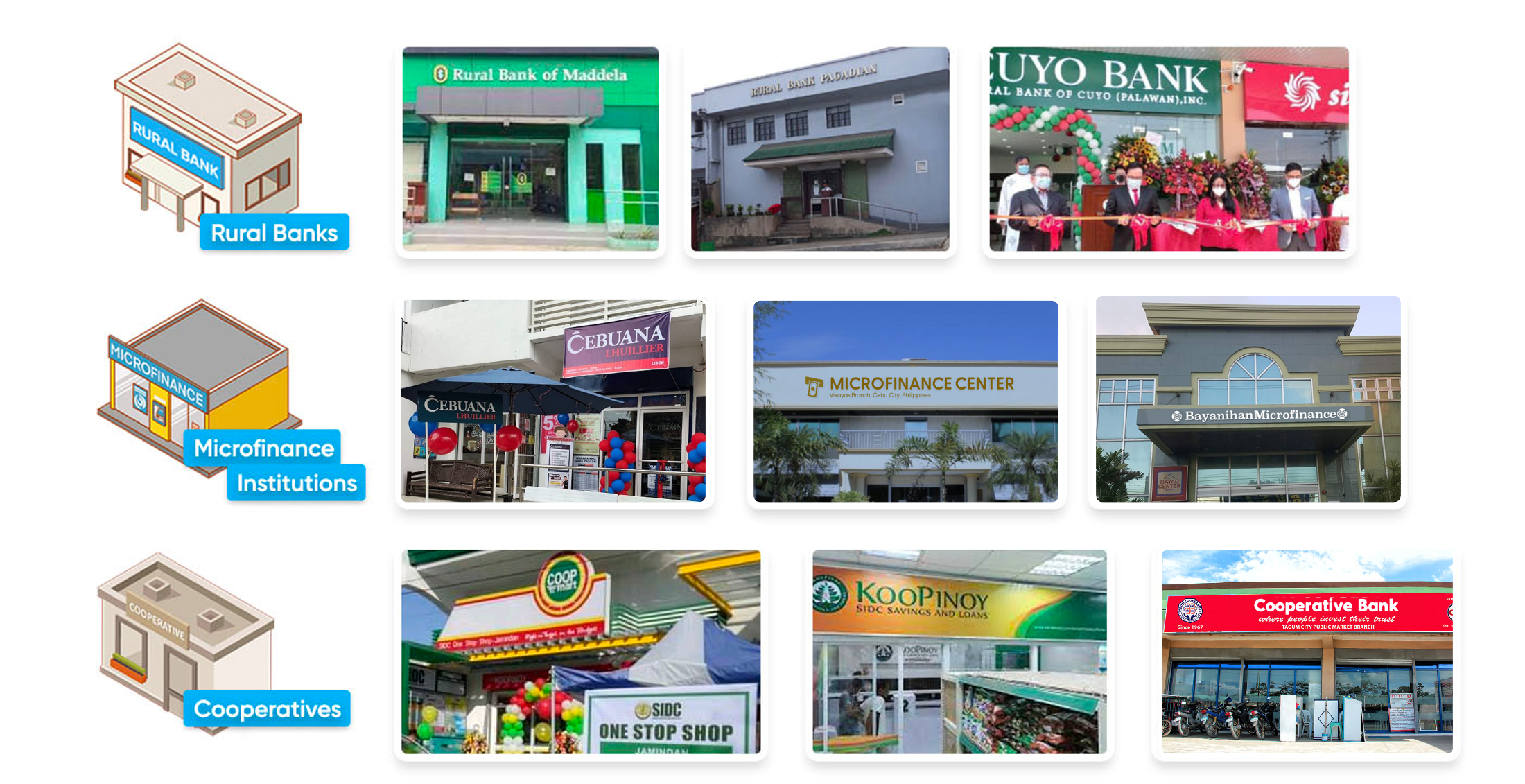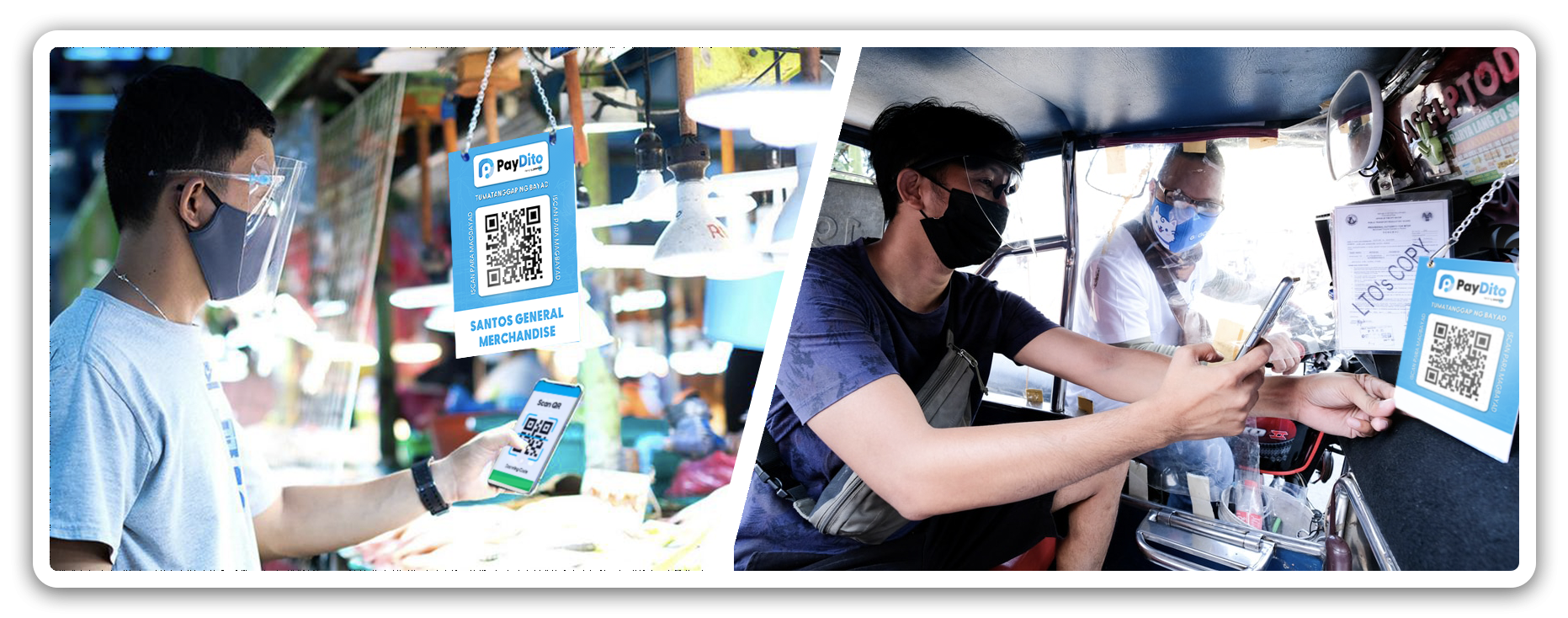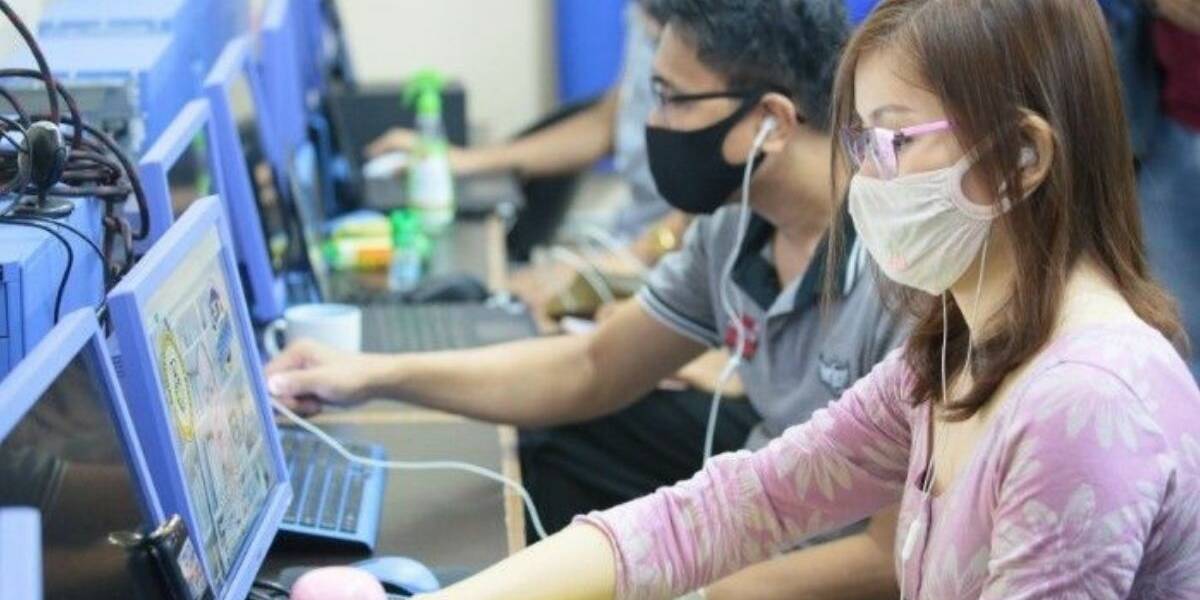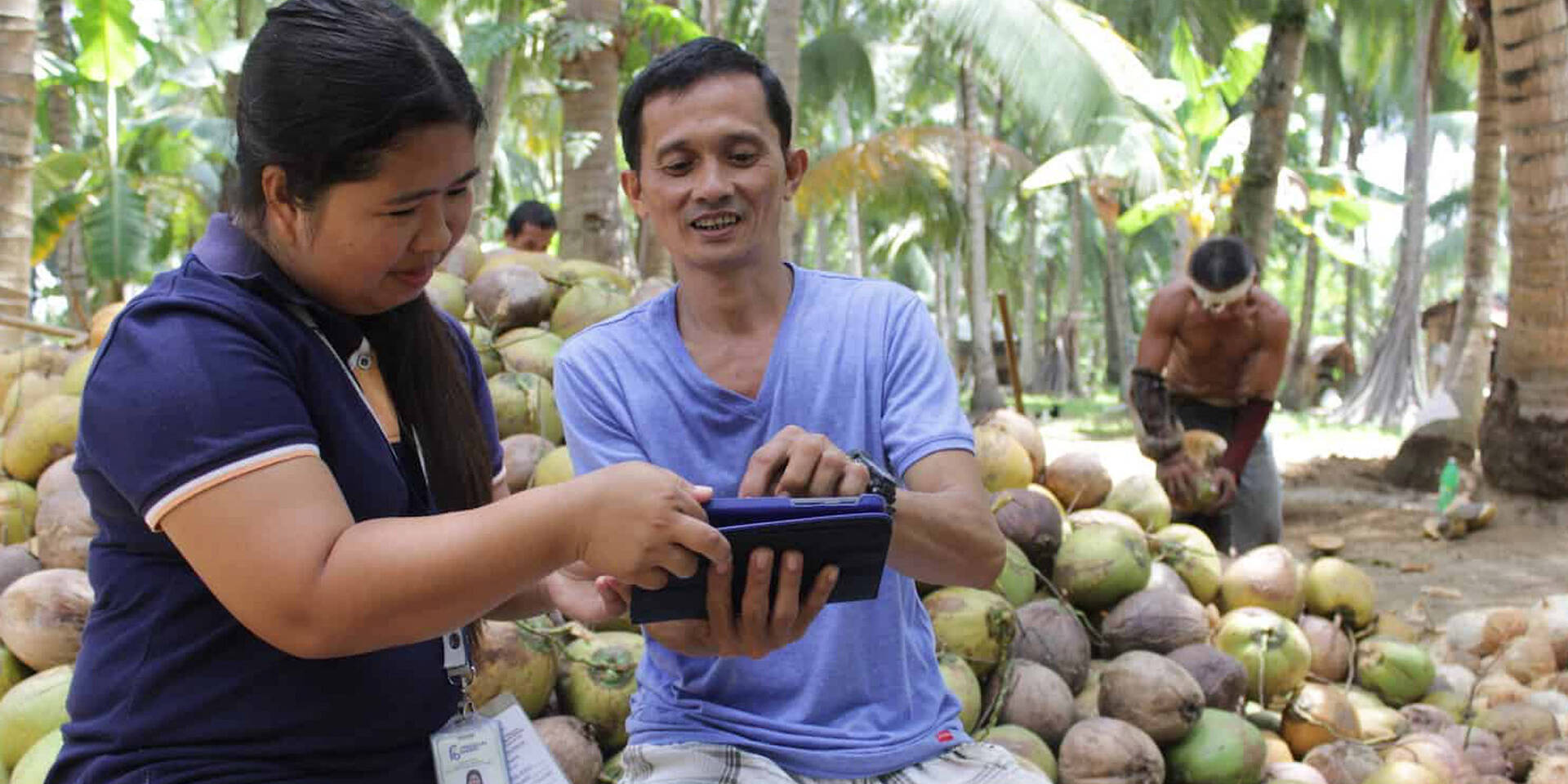Photo courtesy of BIMP EAGA Asia Website
Micro, small, and medium enterprises (MSMEs) make up 99.5% of businesses in the Philippines. They play a vital role in the Philippine economy, contributing to 62.66% of employment and 40% of the country’s GDP (as of December 2021). With the rise of COVID-19 in 2020, digitalization in the country improved as several businesses shifted online to reach and serve more people.
MSMEs also have an important role in our country’s economic recovery. They provide more jobs to Filipinos, reach and serve people easily in rural and marginalized communities, and facilitate local economic development throughout the country.
However, 73% of MSMEs experience difficulties on how to go digital due to the challenges that they experience:
Lack of access to credit
Majority of them are unbanked, have no credit history, no assets for collateral, and lack requirements that big financial institutions consider as “high risk” when applying for a loan.
Another challenge is the slow loan approval process. According to Asia Development Bank (ADB), 16% of MSMEs applied for loans in banks during the pandemic but only 4.8% were approved. As one of the heavily impacted sectors by the pandemic, having enough funds is important for small businesses to sustain their livelihood. Without enough funds, they can’t access solutions that can digitize their business.
Slow digital adoption due to slow or unstable internet access
It’s no secret that the Philippines has one of the slowest internet, ranking 68 out of 120 countries in the Inclusive Internet Index 2021. This caused a digital gap in various places in the country – especially between rural and urban communities. With slow and unstable internet, businesses will have a hard time accessing solutions that can help them shift online and participate in the digital economy.
Lack of knowledge and familiarity with using digital solutions
The Philippines is still dependent on manual operations, using paper and pen for inventory and cash transactions for purchases. Plus with slow digital adoption, it’s no wonder that a lot of business owners remain unaware and unfamiliar with the right solutions they can use to digitize their business.
Digitizing MSMEs has the potential to help our country recover from the pandemic and encourage sustainable economic growth but their growth remains limited because of these challenges. What can we do to support the growth of MSMEs in the digital economy?
How MSMEs Can Go Digital and Grow Their Business
First, let’s address how MSMEs can get access to credit for their digitalization. Aside from big banks, small businesses can also apply for loans in rural banks, microfinancing institutions, and cooperatives. These are community-based financial institutions (CBFIs) that provide more affordable loans to MSMEs:

Photo courtesy of Rural Bank of Maddela, Rural Bank of Pagadian, Rural Bank of Cuyo, SIDC, Manila Bulletin, PDIC, and Moneysense
The government also partnered with CBFIs to widen the reach of their MSME financial programs. The Small Business Corporation partnered with the Cooperative Development Authority (CDA) to make Pondo sa Pagbabago at Pag-asenso (P3) more accessible to the sector. They also have MFI and rural bank partners not just for this program but for other financing programs as well. Through these loans, MSMEs can have enough capital to make their business digital.
What about their digitalization challenges?
To address these challenges, the government launched several programs to make digital transformation more accessible to the sector. The Department of Science and Technology launched the Small Enterprise Technology Upgrading Program (SETUP). It’s a nationwide initiative that provides MSMEs access to new technologies and technical, digital, and other critical support. Meanwhile, the Department of Trade and Industry (DTI) created the Ctrl+Biz Reboot Now program that offers businesses a series of free webinars to learn and understand how MSMEs can go digital.
Aside from that government initiatives, there are also accessible and affordable digital solutions that can make them more resilient and competitive in today’s digital economy.
As some businesses went online, they used a digital payment solution to accept e-wallet, mobile banking, QR payments, and other online payments. This allowed their customers to buy and pay online more securely and ensure that their business can continue operating even with social restrictions in place.
There’s also a bills payment platform that can help MSMEs earn more and expand their business. Instead of just accepting payments for their products or services, they can also process bills payment, government contributions, and other transactions in their store. This makes payments easier and more convenient for Filipinos.
By delivering the right solutions, we can unlock the full potential of MSMEs in the Philippines.
How Digital Transformation Benefits MSMEs: Encouraging Sustainable and Long-Term Growth

Photo courtesy of Araneta City and Manila Bulletin
As Enrico Gaveglia, Officer-in-Charge of UNDP Philippines said: MSMEs play a crucial role in the Philippines’ efforts to recover from the crisis brought by the pandemic.
They have provided for the needs of their communities which can be purchased and paid online. By helping them go digital, they can earn more and be more accessible by connecting and serving more Filipinos online. This can encourage more economic activities, especially in rural and marginalized communities, and keep up with big businesses in the long run.
Through digitalization, we can ensure the overall growth of the sector and that no MSME is left behind in the Philippine digital economy.
Related Posts
March 17, 2022
Factors to Consider for Digital Transformation and Growth
Financial institutions in the Philippines need to consider these digital transformation factors to…
November 18, 2021
Digital Transformation for Financial Institutions: Unleashing Their Potential With the Right Foundation
Understanding how to set up the right foundation for digital transformation can empower financial…
July 13, 2021
Unlocking Business Opportunities in the Philippines Through Payment Gateways
Read how connecting financial institutions to payment gateways in the Philippines can provide…




